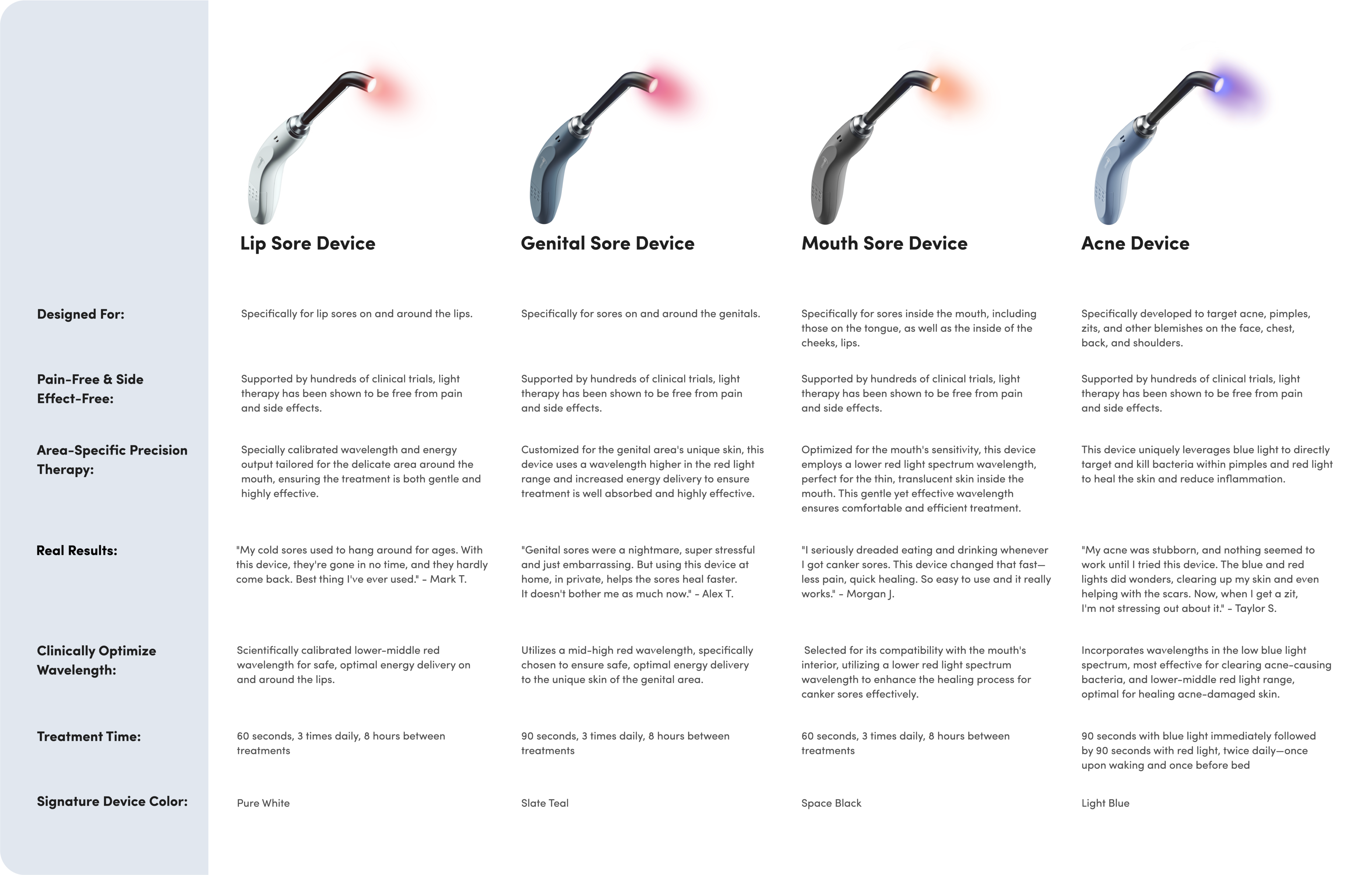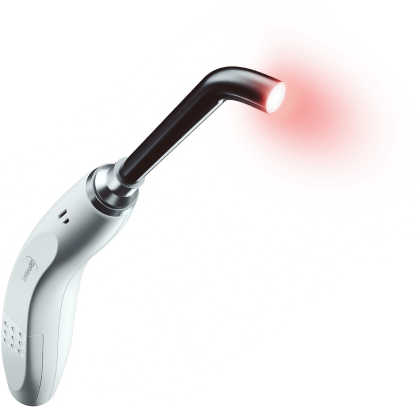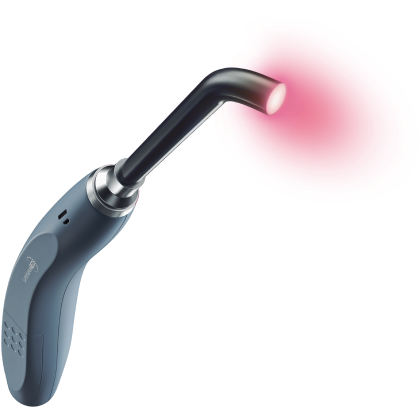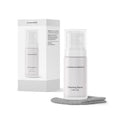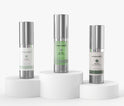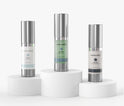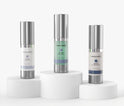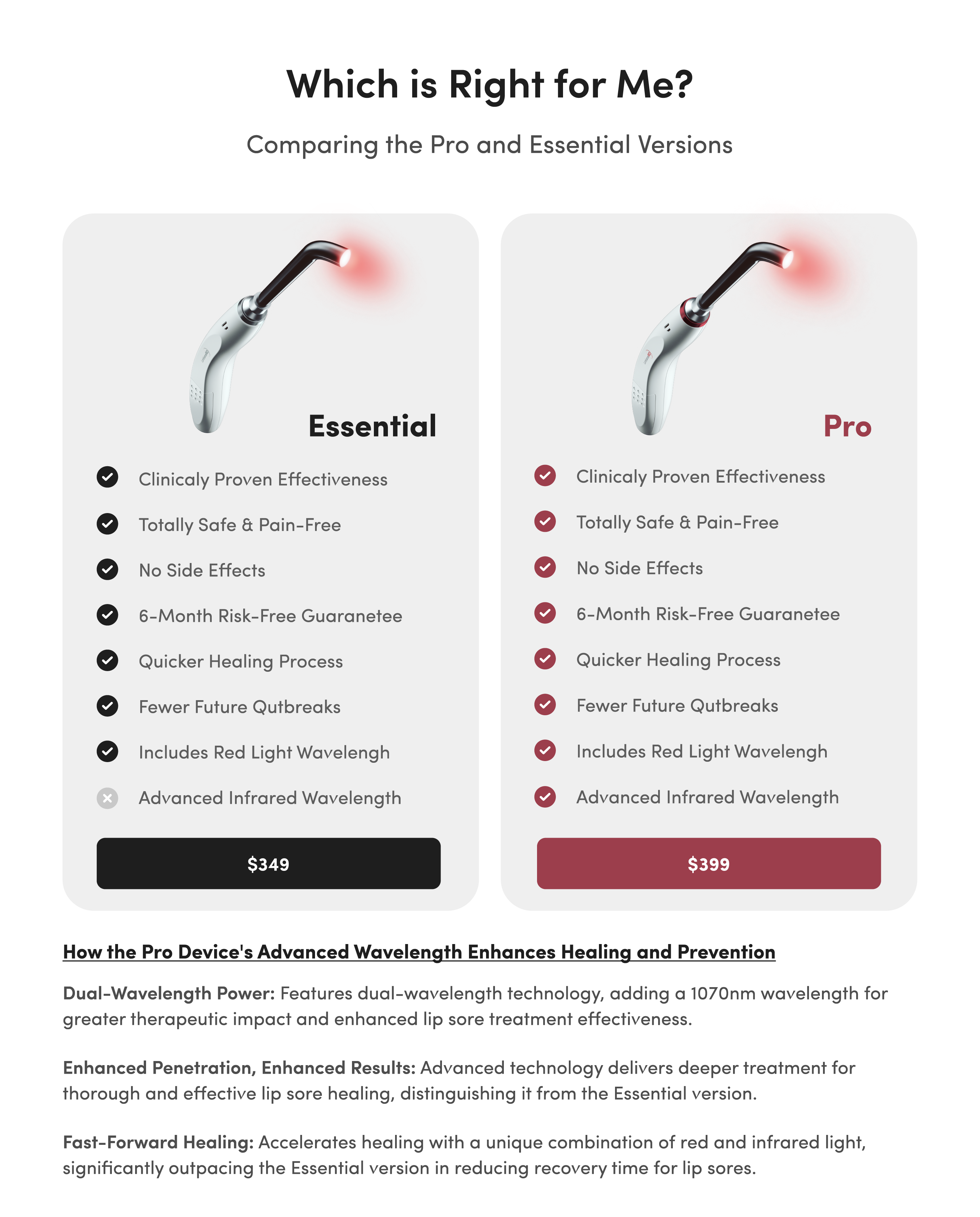How To Test for Herpes: 6 Methods

The Different Types of Herpes
Herpes, or the herpes simplex virus, is a highly contagious and common virus that causes cold sores and genital herpes. You may become infected with herpes simplex virus type 1 (HSV-1) or herpes simplex virus type 2 (HSV-2). Each type of virus causes unique symptoms, so it’s important to understand their differences.
HSV-1
The herpes simplex virus type 1 is known mainly for causing cold sores around the mouth. The Centers for Disease Control and Prevention (CDC) estimates that about 47.8% of Americans aged 14 to 49 have HSV-1, though many never develop symptoms.
HSV-1 remains dormant in your nerve cells after the initial outbreak. It may lie inactive for weeks, months or even years. It’s hard to predict exactly when and how the next outbreak will be triggered in the future.
If you do experience an outbreak, it will begin with a tingling or burning sensation around your mouth and lips. This precedes the development of a cold sore. Cold sores tend to cause pain and discomfort for seven to ten days until they burst, scab and heal.
HSV-2
Herpes simplex virus type 2 (HSV-2) is most known for affecting the genitals. This type of herpes is usually transmitted through close sexual contact and isn’t quite as common as HSV-1.
The painful sores caused by HSV-2 emerge as small red bumps and white blisters grouped closely together on, around or inside the genital region. They may appear days or weeks after your first exposure to the virus and last two to six weeks. Though it may take a few weeks, most genital herpes scabs heal without any scarring.
As with HSV-1, HSV-2 goes dormant in your nerve cells until another outbreak is triggered.

How To Test for Herpes
Due to the highly contagious nature of HSV-1 and HSV-2, it’s important to learn how you can get tested for herpes. Many herpes testing options are available through your doctor. Below are six different kinds of tests that can identify a herpes infection.
Antibody Blood Test
A blood test is performed using a standard blood sample from a vein in your arm. Other than a slight sting from the needle, giving a blood sample is simple and fast. A lab then analyzes your blood sample for antibodies to the herpes virus to determine whether you have a herpes infection.
Your body produces antibodies to fight infections, including infections by the herpes virus. If you have an active herpes infection, or if you’ve had one in the past, your blood will contain antibodies to the herpes virus. Even when no symptoms are present, antibodies will still reveal that a herpes infection exists.
Swab Test
Your doctor may opt for a simple swab test, which collects fluids and cells from an open sore. The swab sample is cultured in a lab to see if the herpes simplex virus grows. Any herpes virus growth in the culture indicates a herpes infection.
Lumbar Puncture
A lumbar puncture test is also known as a spinal tap. It’s only performed if an infection is believed to have spread into the brain or spinal cord. Rather than collecting a blood or tissue sample, a lumbar puncture test collects cerebrospinal fluid drawn from between two vertebrae in the lower spine. The fluid is then examined for the presence of the herpes virus.
Polymerase Chain Reaction (PCR) Test
Similar to a swab test, a PCR test collects a sample from one of your sores. The sample is then assessed for genes of the herpes virus. The results of a PCR test are often available within 24 hours.
Antigen Detection Test
During a herpes virus antigen detection test, cells from a fresh sore are scraped off and placed onto a microscope slide. The sample is analyzed for markers, also known as antigens, specific to the herpes virus and present on the surface of infected cells.
At-Home Test Kits
If you don’t want to visit your doctor, it’s also now possible to use an at-home herpes test kit. Though these tests are not monitored by a medical professional, they are more discreet and convenient than in-office tests.
When Should You Consider Getting Tested?
Herpes is a sneaky, deceitful virus. It hides deep inside your nerve cells for unpredictable periods of time before triggering visible symptoms. In many cases, it infects the body and spreads to others without any obvious signs at all. As many as 90 percent of people infected with herpes are unaware they have the virus because they’ve never experienced an outbreak.
People who don’t have symptoms are more likely to transmit the herpes virus through a phenomenon known as asymptomatic shedding. This occurs when the virus “sheds” from the skin and spreads to others, even when no sores are present. Asymptomatic shedding is undetectable as there are no signs or symptoms, but it's real.
According to research, at least 70% of infected people experience asymptomatic shedding of HSV-1 at least once a month. Many may even shed the herpes virus without symptoms more than six times per month.
Given that the herpes virus doesn’t always trigger outbreaks and symptoms, testing is an important way to monitor your health. The CDC recommends testing if you are experiencing symptoms that could be related to herpes or if you recently had sex with a new partner who has genital herpes.
Remember, it’s possible that early herpes symptoms may not seem related to herpes. An initial herpes outbreak causes flu-like symptoms, including fatigue, fever and chills. These symptoms may be paired with pain, itching and redness around the affected area.
How To Choose the Right Herpes Test For You
Every herpes test has its own benefits and drawbacks. It’s best to discuss your options with a medical professional to make the right choice for your healthcare needs.
It may be helpful to choose your herpes test based on your symptoms. Early in the disease, before a clear herpes outbreak appears, some test methodologies like a PCR test and an antibody blood test can yield false-negative results. On the other hand, a viral culture may yield false-negative results later in the disease.
If you want to receive test results that provide a comprehensive evaluation of your infection, consider using multiple herpes testing methods. If getting a rapid result is your priority, a PCR test is the fastest option.
You Got a Positive Herpes Test… Now What?
If you receive a positive herpes test, start by educating yourself about the herpes virus. There are many pervasive herpes myths that you shouldn’t believe. The truth is that herpes is treatable and outbreaks can even be minimized or prevented with the right treatment measures.
Genital herpes and cold sores can both be addressed with a variety of household remedies, over-the-counter options, and prescription medications.
For example, one commonly used antiviral medication treats infections caused by the herpes simplex virus, including genital herpes. It is most effective when started at the first signs of an emerging outbreak. This medication works by preventing the herpes virus from growing and spreading during an outbreak. Although it does not completely eradicate the virus from the body, most individuals report feeling relief within just a few days of beginning treatment.
If you’re looking for a natural therapy to control herpes outbreaks, the Luminance RED is another option. The Luminance RED handheld devices shine red wavelengths of light over the skin of affected areas. The company has one device designed for oral herpes and one for genital herpes.
Medically-optimized red light is metabolized to accelerate the body’s healing process and strengthen its defenses against future attacks. Studies show that regular use of high-powered light treatment not only shortens the healing time of active outbreaks but can also prevent future outbreaks altogether.







